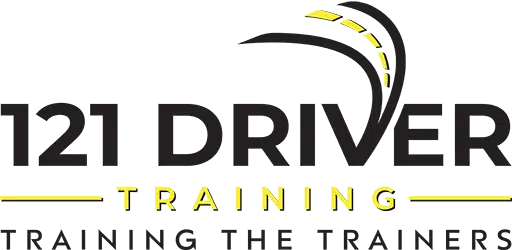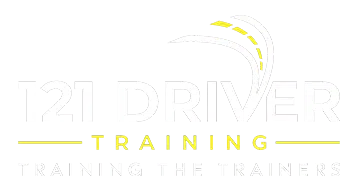As a professional driving instructor, your ability to engage and captivate your students is crucial to creating an immersive learning experience that fosters the development of skilled, confident and responsible drivers. By employing innovative techniques and strategies to maximise student engagement, you can ensure that your driving lessons are both enjoyable and effective, encouraging student success and promoting road safety within your community. At 121 Driver Training, a TfNSW and ASQA approved Registered Training Organisation, we strive to equip our Driving Instructor Course graduates with the tools and knowledge needed to create engaging, interactive and memorable lessons that cater to diverse student needs and learning styles.
In this blog post, we will explore practical techniques and methods for maximising student engagement during your driving lessons, covering topics such as incorporating active learning, utilising real-world scenarios, setting clear goals, and offering constructive feedback. By implementing these strategies in your instruction, you can create an engaging, supportive and empowering learning environment that encourages students to reach their full potential as safe and responsible drivers. Embrace the challenge of driving instruction with the expert guidance and support of 121 Driver Training, and make a lasting impact on the lives of your students and the safety of our roads.
1. Incorporating Active Learning
Active learning, which requires students to actively participate in the learning process, can significantly boost student engagement during driving lessons. To incorporate active learning in your instruction, consider the following approaches:
– Encourage hands-on practice: Balance theoretical instruction with practical, hands-on learning opportunities, allowing students to apply new skills and knowledge on the road.
– Engage students in discussion: Facilitate discussions about relevant topics, such as road safety, driver responsibility, and driving techniques, promoting critical thinking and collaboration.
– Prompt self-assessment: Encourage students to reflect on their performance and self-assess their progress, fostering a deeper understanding of their strengths and areas for improvement.
2. Utilising Real-World Scenarios
Integrating real-world scenarios into your driving lessons can enhance student engagement and contextualise learning, ensuring your instruction is relevant and relatable. To effectively utilise real-world scenarios, consider these techniques:
– Bring real driving situations into lessons: Share real-life driving experiences or examples, demonstrating how the skills and concepts taught in lessons apply in realistic situations.
– Role-play scenarios: Use role-play scenarios to simulate challenging driving situations, allowing students to hone their decision-making and problem-solving skills in a controlled environment.
– Expose students to varied driving environments: Plan lessons that expose students to different driving environments, such as city driving, highway driving, and night driving, to develop their adaptability and preparedness for real-world conditions.
3. Setting Clear Goals and Objectives
Setting clear goals and objectives for each driving lesson can help maintain student engagement by providing a sense of purpose and direction. Implement these strategies to establish clear goals and objectives in your instruction:
– Define lesson goals: Begin each lesson with a clear statement of the goals and objectives, ensuring students understand what they are expected to learn and achieve.
– Customise goals for individual students: Develop personalised goals for each student based on their progress, learning style, and unique needs, fostering greater relevance and resonance.
– Regularly review and adjust goals: Periodically assess and adjust student goals, celebrating achievements and reassessing expectations as students advance in their driving abilities.
4. Offering Meaningful Feedback and Motivation
Providing constructive feedback and motivation is essential for maintaining student engagement and supporting their growth as responsible drivers. Employ the following techniques to effectively offer feedback and motivation during driving lessons:
– Offer constructive criticism: Deliver feedback in a supportive manner, highlighting areas for improvement while also recognising and reinforcing achievements.
– Be specific: Provide specific and actionable feedback that enables students to understand how they can improve their skills and progress in their learning.
– Create a reward system: Implement a system of rewards and incentives to recognise students’ achievements, milestones, and improvements, increasing motivation and commitment to learning.
Conclusion
Boosting student engagement during driving lessons is crucial to fostering a positive and effective learning environment that cultivates responsible, skilled drivers. By incorporating active learning, utilising real-world scenarios, setting clear goals and objectives, and offering meaningful feedback and motivation, driving instructors can create engaging and informative lessons for students of all ages and abilities.
At 121 Driver Training, our mission is to equip our Driving Instructor Course graduates with the tools, expertise, and knowledge required to excel in the driving instruction industry. By embracing these techniques and strategies, you can confidently develop and deliver engaging, interactive and memorable driving lessons that make a lasting impact on the lives of your students and positively contribute to road safety within your community. If you want to be a better driving instructor, work with 121 Driver Training and take our driving instructor course in Melbourne.




